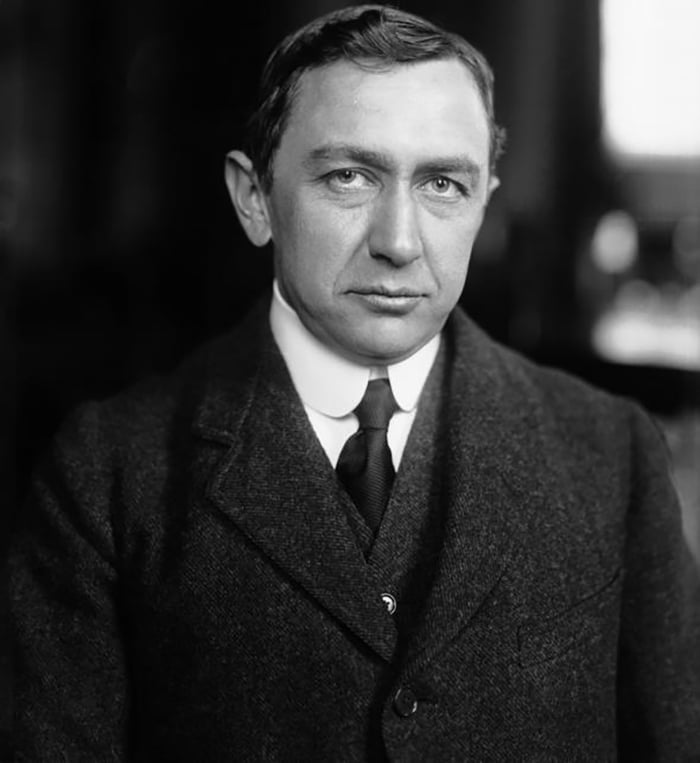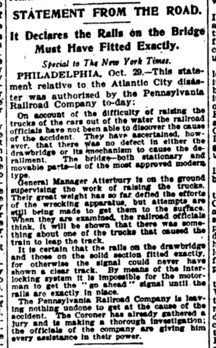
Part 4: What is a celebrity press release? What do they do differently?
Have you ever heard of a man by the name of Ivy Lee? No, not Ivy League, the collection of prestigious universities, but Ivy Lee. You know – the American publicity expert of the early 20th century?
…..no? No idea whatsoever?
Understandable. All jokes aside, you’d have to be something of a PR historian to know who Lee was, and what he did that solidified him as a legend in the PR space.
Lee, believe it or not, was the man behind the world’s first-ever press release (in the way it is presented and universally accepted today).
Lee might not be a celebrity in the typical way in which we use the term, but he is a major player in the industry that allowed for businesses like ours to exist in the first place. Today, we will look back at his early work and see if we can learn anything of value for our releases in 2019 (hint… we will).
Ivy Lee – The Pioneer of Press Releases:
In 1906, the West Jersey and Seashore Railroad was in trouble. One of their electric cars fell off a swing bridge in Atlantic City, which led to 50 people drowning. A very unfortunate situation indeed.
Ivy Lee was representing the railroad at the time, and needed a way to command the media coverage of the event. He encouraged the railroad to distribute a press release about the accident to the media. Additionally, he suggested that the company provide a special train for reporters & photographers so that they could visit the scene of the accident.
Before diving into the press release, it’s important to note how Lee leveraged the brand’s cooperation with the media to his advantage. By making the site of the accident accessible, and generally being proactive about the situation, Lee was able to develop relationships with the media on his terms.
There is something to be said for this strategy, and it doesn’t always have to concern a crisis communications campaign such as this one. If your brand is involved in a major industry story, reaching out to outlets with organized press releases, media kits, and other related assets is a great way to put your company’s best foot forward.
Here’s the actual release:

This was published in the New York Times as it was originally written. The writing was so high-quality, that it literally was left as it was when it was published in the paper.
In an era in which brands of all sizes are seeking earned media mentions through the implementation of complex campaigns and tactics, it’s good to reflect on some of the most basic aspects of the process. If you have a story that you believe is worth media recognition, write it as if it is going to be published in a major newspaper the next day, as is. This means written in AP style, free of all grammar and spelling errors, and with an emphasis on the most important parts of the story.
This makes it easier for journalists to read your story, in turn making it easier for them to cover it as well. In short, write the story in such a way that it writes itself for the journalist that will be reading it. An added benefit to this is that you will also control the majority of the context of the story.
I’m not promising that this alone will get your story picked up by the New York Times, but it will help your chances of appearing reputable and professional amongst members of your industry’s media.











